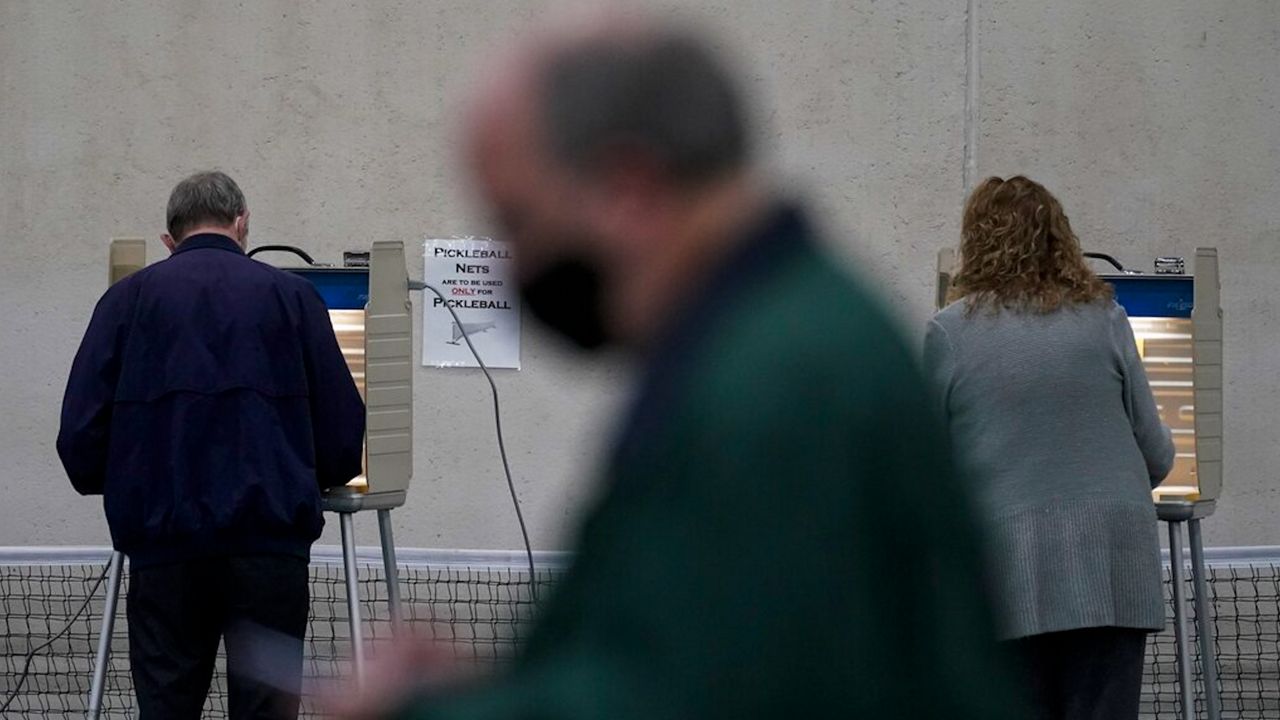MADISON, Wis. – Today is election day in Wisconsin. Here's everything you need to know about Wisconsin's Spring Primary.
- All voters in Wisconsin will have candidates for Superintendent of Public Instruction on their primary ballot
- Voters living in two legislative districts will have primaries for a special election to fill now-Congressman Scott Fitzgerald's State Senate seat and former State Rep. John Nygren's State Assembly seat
- There will also be 101 primaries for county, school district, city, village, and town officials, which will vary depending on where you live
- One local referendum

Yes, voters who want to vote absentee in-person or register to vote still have time to visit their municipal clerk’s office before the deadline of 5 p.m. Friday, February 12. Some municipalities may offer in-person absentee voting without voter registration on Saturday, February 13. You should contact your municipal clerk’s office for their schedule or check online here.
Polls will be open from 7 a.m. to 8 p.m. on Tuesday, February 16. However, as long as you are in line by 7:59 p.m., you can still vote.
Yes, acceptable photo IDs for voting include a Wisconsin driver license or Wisconsin state ID card, Veterans Health Administration ID card, military ID card, U.S. passport, tribal ID card, and some student ID cards.
“Most people already have the ID they need to vote,” Wolfe said. “If you don’t have a photo ID you still have time to get a free one at the DMV, but you should not delay.”
Voters who do not receive a state ID card by Election Day can still use the receipt issued by the DMV. A full list of acceptable photo IDs is available here.

You can visit the MyVote Wisconsin website here to check your registration status, see what’s on your ballot and find your polling place. You can find your voter information by putting in your name and date of birth, but if you’re not registered yet, you can search by your address to see what’s on your ballot and where to vote.
“Election Day registration ensures that everyone who is qualified to vote will get to vote,” Meagan Wolfe, Wisconsin’s chief election official, said. “However, you must bring a current proof of residence document to register on Election Day.”
If you want to register for the first time or update your registration with a change of name or address at the polls on Election Day, you must bring a proof of residence document like a utility bill, showing the voter’s current name and address.
“Election Day registration ensures that everyone who is qualified to vote will get to vote,” Wolfe said. “However, you must bring a current proof of residence document to register on Election Day.”
Acceptable proof of residence documents also include a lease, bank statement, cell phone bill, or other official government documents, and can be on paper or an electronic device like a smartphone or tablet.
You can find a list of acceptable documents here.
Before Election Day, you must have lived at your current address for at least 28 days to be eligible to vote, but the proof of residence document does not need to be 28 days old.
You can also register to vote before Election Day. Registration in your municipal clerk’s office takes place until 5 p.m. on the Friday before the election. Remember, you will still need to bring your proof of residence document to register.
- If you had an absentee ballot mailed to you, it must be received by your polling place or municipal clerk’s office by 8 p.m. on Election Day (February 16, 2020).
- All of Wisconsin’s voting systems are paper-based and contain multiple checks and redundancies, including pre-election testing and processes for media, campaign, and election officials to check, audit, and validate the results.
- A voter may cast a provisional ballot if the voter does not have a photo ID, forgets to bring a photo ID to the polls, or if the poll workers do not accept the ID for some reason.



